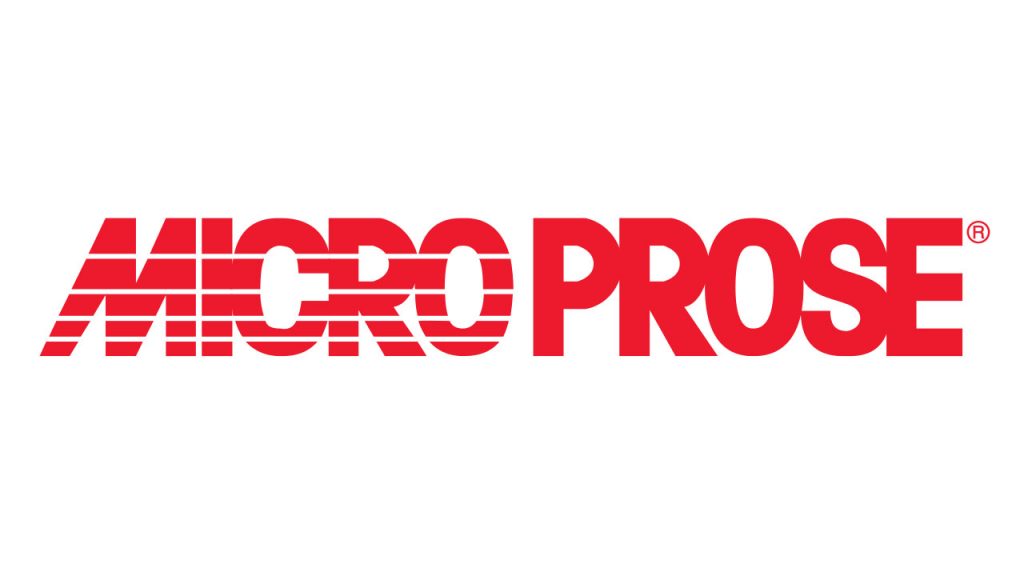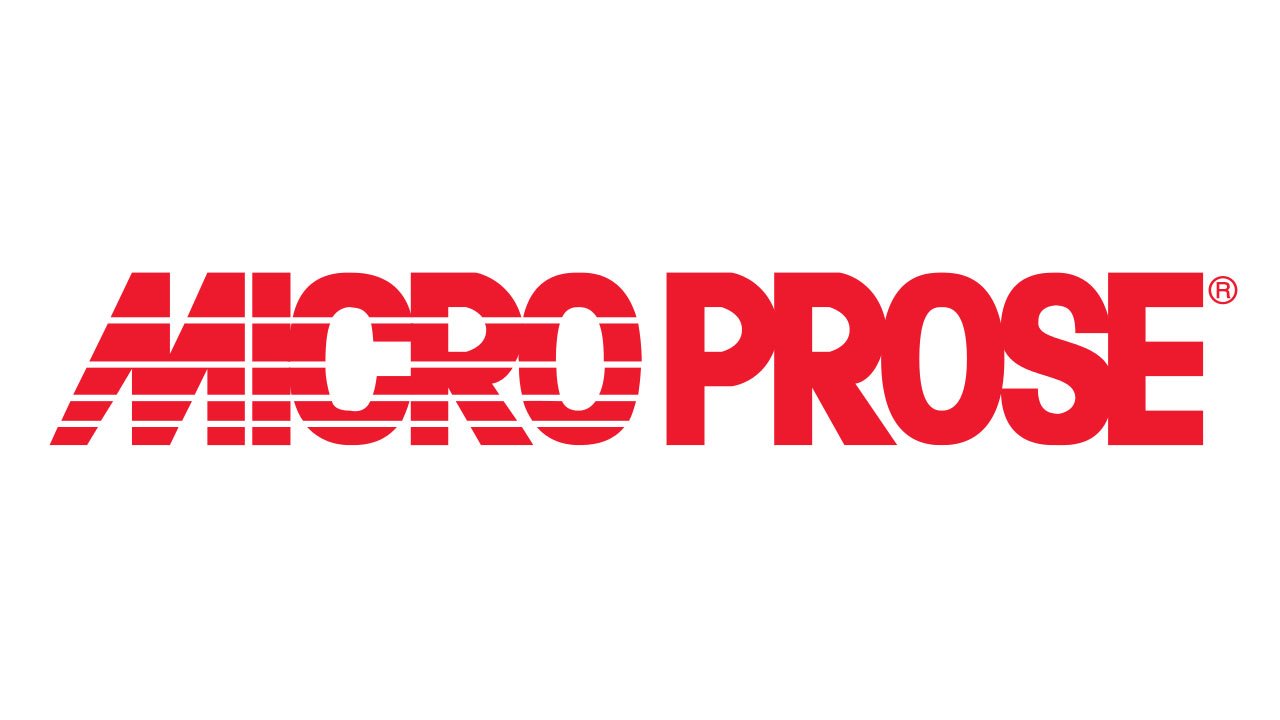The Bristol Years
MicroProse

Pete Moreland (the legend) had been working at FireBird when I wrote Flying Shark for them, and after he had moved to MicroProse he offered me a job as a programmer...I jumped at the chance!
The MicroProse UK office, at first, created Amiga and ST versions of the US office's PC flight simulators, and my first task was to create rasterisation routines for F19 Strealth Fighter and F15 Strike Eagle, but I was soon given my own game to work on...
Knights of the Sky
This was a jump into the deep end! I was teamed up with Kevin Buckner to convert the PC version to the Amiga and ST. There were a couple of immediate problems - neither of us had a clue about 3D programming, and while the PC version was written in C, we were both assembler programmers.
Some very long hours were put in to make us appear remotely knowledgeable on these subjects. However, we eventually got the job done, and the game was well received - with review scores averaging 92%.
As part and parcel of writing the game, I took it upon myself to write the music, and create the sound effects (there was no audio department at the time). As a result of this, I was asked to create and run the all-new MicroProse Audio Department!
So began 10 years of bleeps, bangs and audio drivers.
An Audio Interlude
The first step was to get a composer/musician; I can play music, but I'm a rotten composer. We were so lucky to get John Broomhall for our studio composer. He knew nothing about game audio when he arrived - his background concerned radio commercial jingles - but he went on to create some of the most famous and memorable game soundtracks ever; it was a privilege to work with him.
I did my best to help him work in an environment with which he was familiar. I created a synthesizer interface, so that he could compose his music on Cubase (Atari ST), which would use the various sound cards on a connected PC. This music (in MIDI format) would then be compressed down to its smallest possible size for use in the game. This allowed him to easily produce music specifically for various sound cards that were on the market at the time (as well as the PC beeper).
To their credit, MicroProse pulled out all the stops for us, creating separate music and sound effect studios for us, and a sound booth for recording voices (which was then mostly used to store empty cardboard boxes).
We worked on many games at MicroProse - it was like a production line. This fast pace sometimes resulted in, shall we say, questionable quality. There were far too many games to mention here (or even remember), but here's a taster...
David Leadbetter's Greens
The first third-party collaboration that we worked on. Also the first time I got the PC speaker to play audio samples (OK, it was just a scratchy golf swing, but it was a start).
Civilisation (Amiga and ST)
As Civilisation was such a hit on the PC, it was inevitable that we'd have to tackle an Amiga/ST conversion. Laurie Sinnett managed to cram all the C code in (somehow,) and John and I tackled the rather avant-garde music - not easy in four channels with no memory to play with. In the end, I took the easy way out and used a tracker (Octamed) to play the music. Some of the tracks can make your ears bleed!
The Legacy: Realm of Terror
Another third-party collaboration. More experimenting with samples - this time with a real SoundBlaster to play with.
B-17 Flying Fortress
One of the first PC flight sims I worked on. As the video demonstrates, it was very difficult to get a realistic engine noise out of the Roland MT-32 sound card - which was essentially a synthesizer on a PC card.
The music was good and jaunty though.
Geoff Crammond's Grand Prix
The suite of Geoff Crammond's Grand Prix games basically kept MicroProse going, financially. They sold by the bucket load, and were actually part of the reason I eventually left the company. MicroProse UK was fast becoming the 'Grand Prix' studio; high security offices were built within the building to house the elite 'Grand Prix' coders - with security locks and all (very MI5) - while other games were falling by the wayside. Anyway, it was good to be part of it while it lasted. I worked on three of these racing games, spending some fantastic days at Silverstone, recording sound effects, but mostly going slightly mad listening to F1 cars for hours on end, or trying to get an OPL3 chip to sound like one. Geoff was a bit of a genius though, both technically and financially.
X-COM: UFO Defense
A true classic, though it very nearly wasn't. When this game began development, no one thought it was going to be any good. In fact, it was actually cancelled by head office half-way through development (they didn't tell the developers). The game was actually completed without the knowledge of the powers-that-be.
Pretty good thing too, as it is now recognised as being one of the greatest PC games of all time...who'd have thought?!
This game still comes back to haunt me. I've been interviewed for books, magazines, and even for a GDC lecture on the game. It's very sobering to see your own face projected 20 feet high on a screen, to an auditorium full of thousands of people.
X-COM: Terror from the Deep
Buoyed by the amazing success of X-COM: UFO Defense, the bosses naturally wanted a sequel. Hence, X-COM: Terror From The Deep was created in-house, over a very short period of time. It was essentially a re-skinning of the first game, but with some extra story bits tacked on (and a lot of bubble sounds).
Amazingly, it was also an incredible success! Despite having a posh studio to work in, I was surprisingly lacking in the proper equipment required to create these opening movie soundtracks. I had to create a Heath Robinson rig consisting of Cubase running on an Atari ST, linked to an MT-32 midi card, which ran through a piece of software I wrote to reroute the midi. This controlled a Gravis Ultrasound card, into which I'd uploaded all the samples. The video was recorded on a Sony Betacam video recorder with timecode, which was fed into the Atari to control Cubase. This was before Cubase could handle samples - it was pure midi.
Frankly, its a miracle we got anything done!
Interesting note - all the screaming you hear when the ship is sinking was lifted straight from the classic film, about the Titanic, 'A Night To Remember' - recorded off the telly!
Transport Tycoon & Transport Tycoon Deluxe
This is considered one of John Broomhall's best. Constantly remixed by fans, the music was so good, we decided to include a jukebox in the game. Even to this day, people are attempting to unravel my compression in order to extract the music files. They won't succeed - it's not real MIDI.
It's unbelievable that Chris Sawyer wrote this game alone, and in 100% assembler. I felt a bit embarrassed having to put my code in there to drive the audio. John recently re-arranged the music with a live band for the TT IOS version.
X-COM: Alliance

After the Transport Tycoon games, I decided to take a break from audio for a while...my ears were hurting.
By now, MicroProse had been taken over by Hasbro, and the company's direction became a little weird. I'd always loved the game BoulderDash, and it transpired that Hasbro had the rights to it, and would like a 3D version. So, armed with a couple of artists and a 3DFX Voodoo card, I wrote a 3D engine, and created, in my opinion, a pretty good version of the game. As well as the classic side-on action, there were interludes above-ground in full 3D. It then transpired that Hasbro had the rights to the board game Balderdash, not Boulderdash (there was either an accent problem, or an ear wax problem). Whatever the cause, it was six month's work down the drain.
After that, I joined the XCOM: Alliance team. Alliance was a 3D first person shooter where the player controlled a team of four soldiers in an alien setting. It used a very early iteration of the (then) "new-fangled" Unreal Engine. It would have been pretty good to use if the engine didn't keep changing from day to day, sometimes requiring significant rewrites.
I added some extra functionality to the engine, such as four-player simultaneous views, bolted on a nifty front-end, and then added an audio engine with interactive music (oooooh).
We went all-out on this one, making it super-gory, super-scary, and including some actual swearing in the dialog too - very daring! This mostly consisted of a nice American lady from HR yelling s**t into a microphone with various inflections. Quite racy.
The game was coming along nicely, when the powers that be (probably Hasbro, maybe Spectrum Holobyte - I lose track) moved development to the US office...and the game was never heard of again.
That's when I decided that my time at MicroProse was coming to an end. The future of the company was looking quite ropy in the hands of whomever owned the company at the time. I'd already survived several redundancy sweeps, so now was the time to leave on my own terms.
It was time to move on to pastures new ...
Addendum
Not actually a game; this was an animation demo the art guys did for, I believe, Gerry Anderson. I think the whole thing was done in a week, probably around 1995. Nothing came of it, but it's good to look back on.
This used the convoluted equipment malarkey I mentioned previously, with cables everywhere. It was probably a huge fire hazard.
During my time at MicroProse, I spent a lot of time at the US office in Hunt Valley, Maryland, ostensibly to work, but in actuality to go sightseeing around Baltimore.
This recently unearthed video gives us a very '90s tour around the office by the enigmatic CEO 'Wild' Bill Stealey.
Even more randomness. This video, from 1991, shows a day in the life of the MicroProse UK office, in Tetbury. I'm in there looking young (and pretty) while writing 'Knights of the Sky'.
It all gets very strange after the seven minute mark...very Blair Witch!

